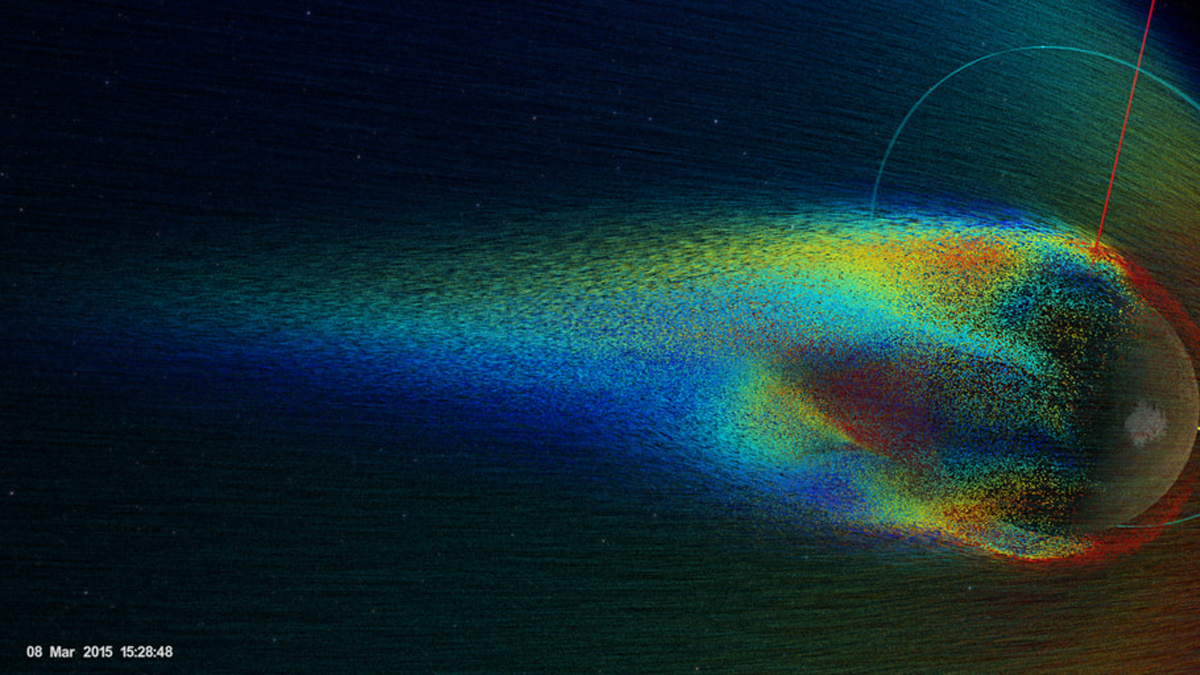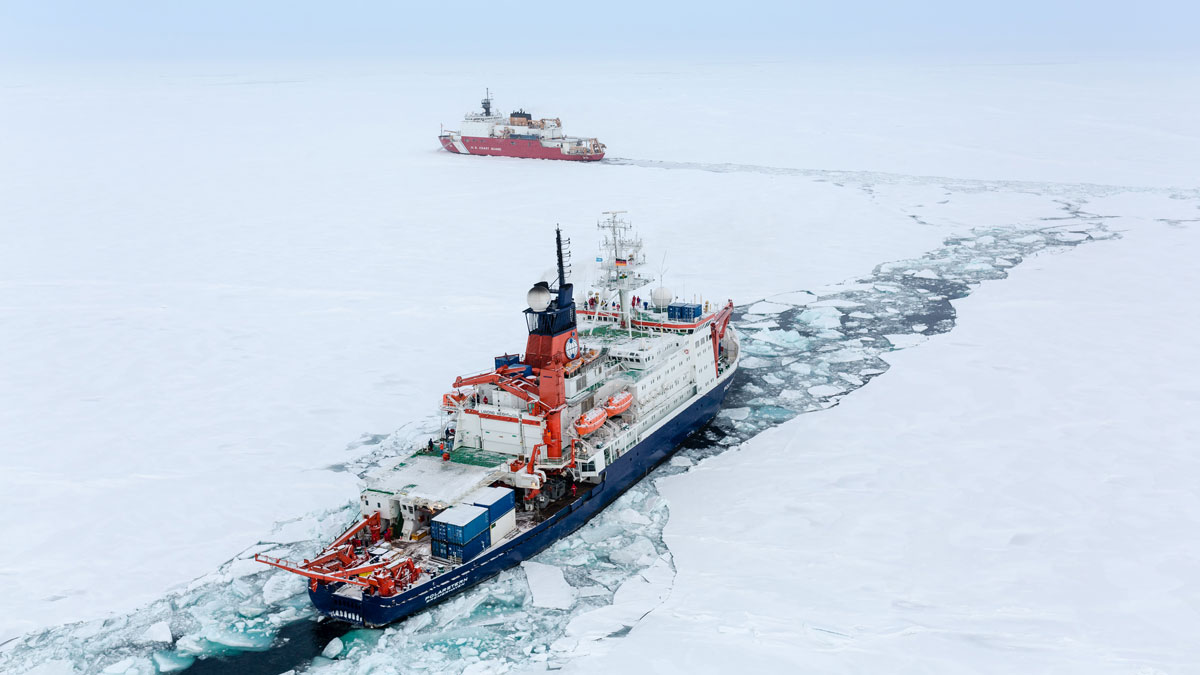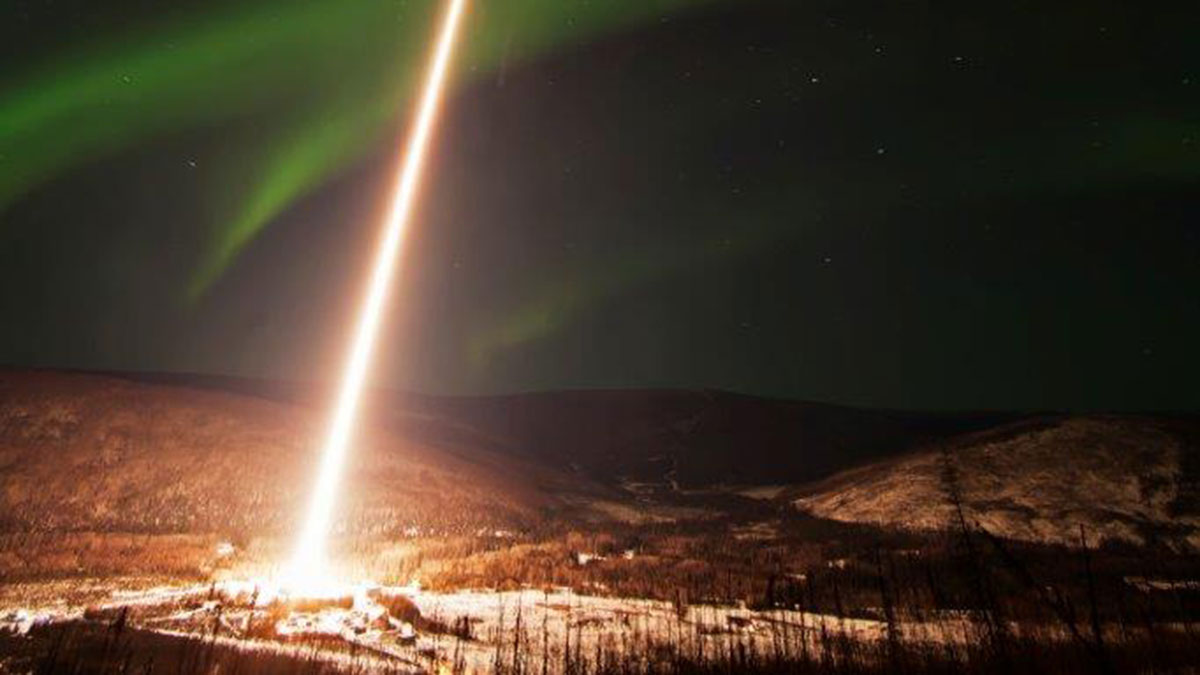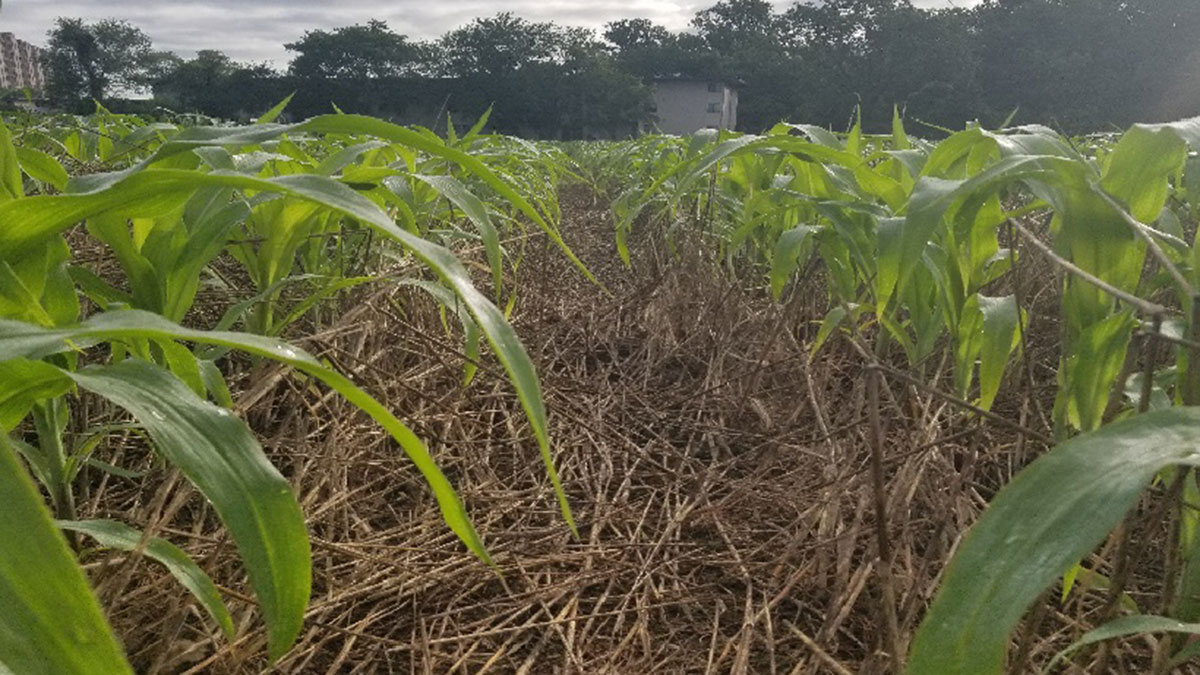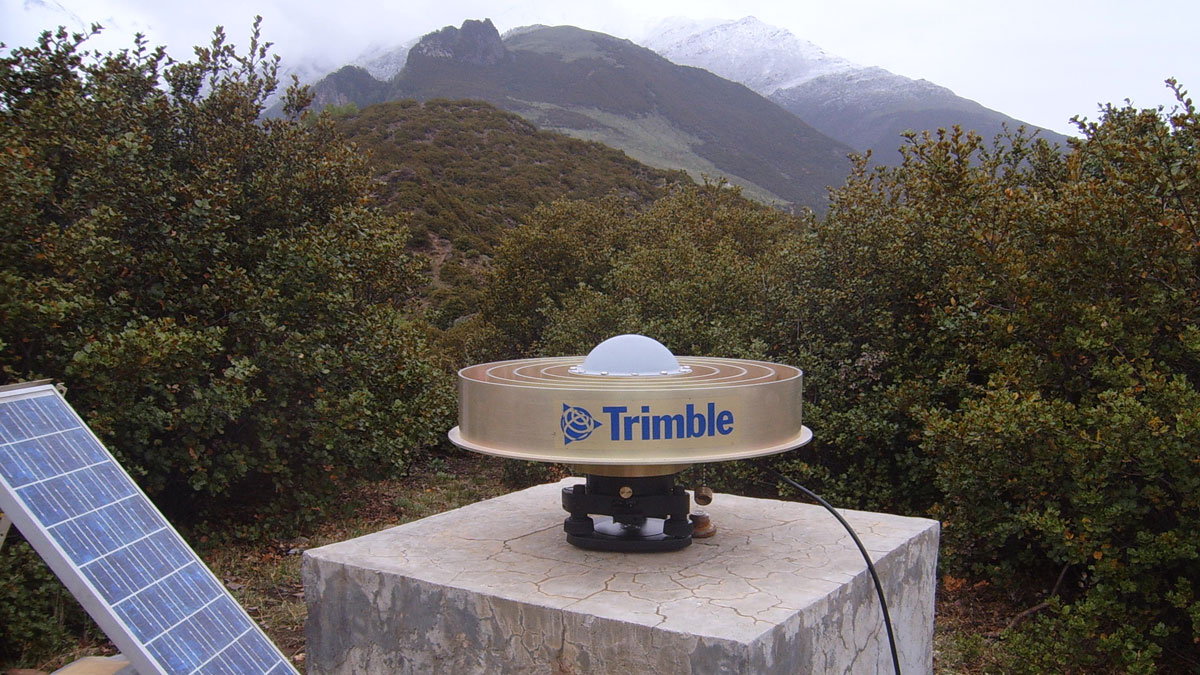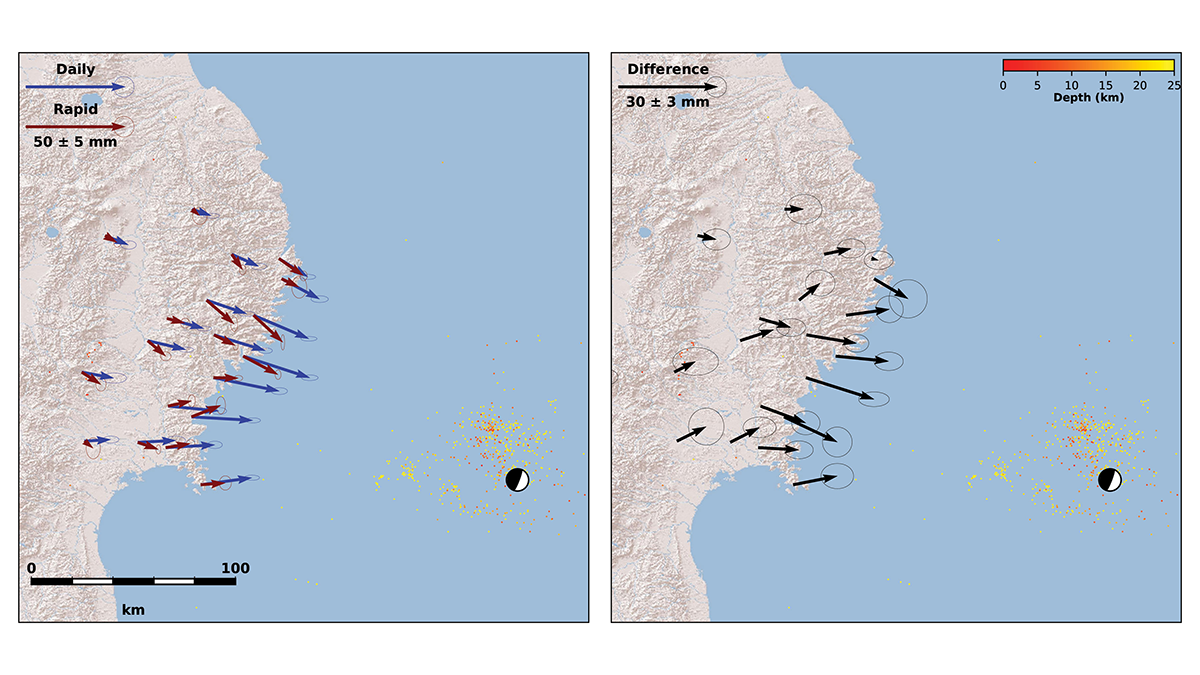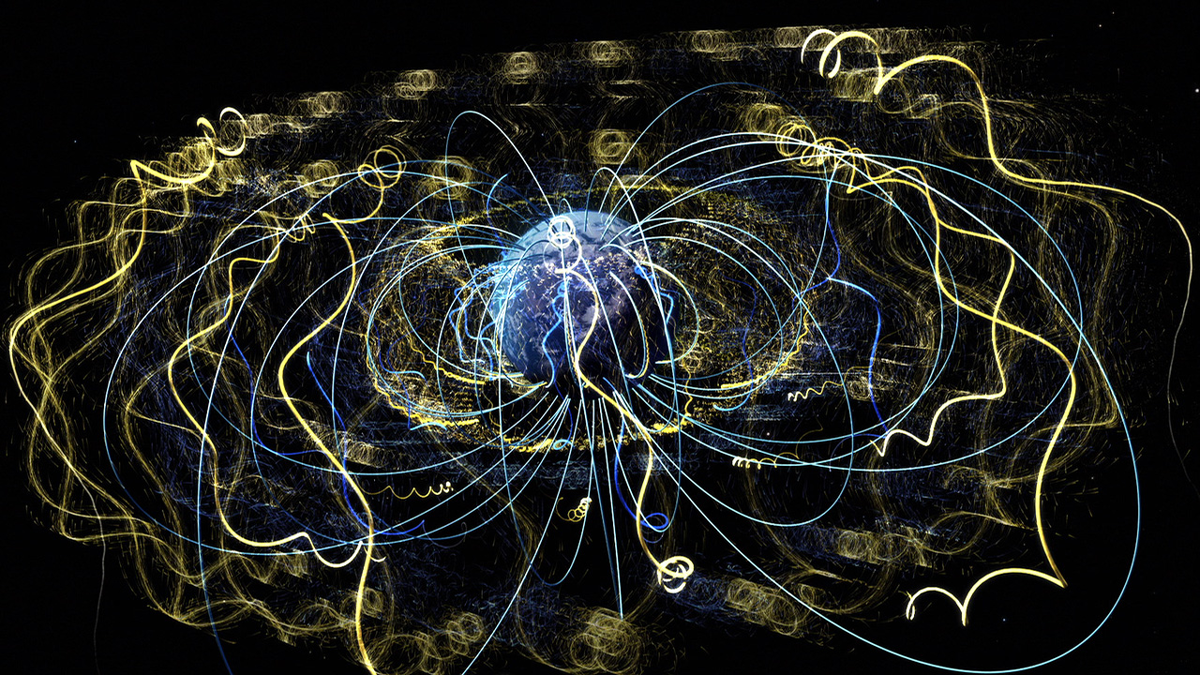The flux, observed with NASA’s MAVEN spacecraft, is in line with models and 1–2 orders of magnitude lower than that of oxygen ions.
Morgan Rehnberg
Neural Networks Can Identify Carbon Dioxide in Seismic Observations
By establishing a machine-driven approach to interpreting seismic observations of carbon dioxide injection, researchers hope to improve tracking of carbon capture and sequestration projects.
Diurnal Oxidation for Manganese Minerals in the Arctic Ocean
The relative abundance of different oxidation states for this important micronutrient varies on the basis of how much available sunlight there is.
Converting Auroral Observations into 3D Structures
Using 1D and 2D data sources as model constraints yields fine-scale insights into real-world aurorae.
Modeling Mulch to Understand Agricultural Soil
A new model helps shed light on residue mulch, an important regulator of surface soil conditions.
Improving Coseismic Slip Measurements
A physics-based method estimates the duration of earthquakes’ coseismic phase and can help improve the precision of coseismic slip models and magnitude estimates.
A Transition Zone Below Jupiter’s Clouds
The microwave radiometer aboard NASA’s Juno spacecraft reveals the hidden atmospheric circulations at work deep below Jupiter’s colorful clouds.
Support for a “Jelly Sandwich” Model of the Tibetan Plateau
Computer modeling constrained by positional data collected in the aftermath of the 2008 Wenchuan earthquake indicates the lower crust is less viscous than the upper mantle below it.
Unifying Models of Chorus Wave Frequency Chirping
A new model of chorus wave electron interaction attempts to explain how observations can support two seemingly contradictory mechanisms of frequency chirping.

